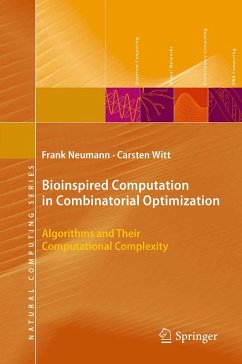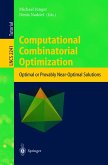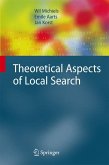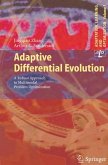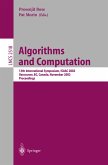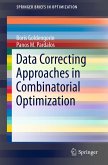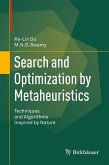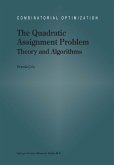The authors study the computational complexity of bioinspired computation and show how runtime behavior can be analyzed in a rigorous way using some of the best-known combinatorial optimization problems -- minimum spanning trees, shortest paths, maximum matching, covering and scheduling problems. A feature of the book is the separate treatment of single- and multiobjective problems, the latter a domain where the development of the underlying theory seems to be lagging practical successes.
This book will be very valuable for teaching courses on bioinspired computation and combinatorial optimization. Researchers will also benefit as the presentation of the theory covers the most important developments in the field over the last 10 years. Finally, with a focus on well-studied combinatorial optimization problems rather than toy problems, the book will also be very valuable for practitioners in this field.
Dieser Download kann aus rechtlichen Gründen nur mit Rechnungsadresse in A, B, BG, CY, CZ, D, DK, EW, E, FIN, F, GR, HR, H, IRL, I, LT, L, LR, M, NL, PL, P, R, S, SLO, SK ausgeliefert werden.
"This timely book will be useful to many researchers and advanced undergraduate and graduate students. The key strength of the book is the complexity analysis of the algorithms for a variety of combinatorial optimization problems on graphs. Furthermore, it provides a comprehensive treatment of evolutionary algorithms and ant colony optimization. The book is recommended to anyone working in the areas of computational complexity, combinatorial optimization, and engineering." (Manish Gupta, Computing Reviews, May, 2011)
"This book treats bio-inspired computing methods as stochastic algorithms and presents rigorous results on their runtime behavior. The book is meant to give researchers a state-of-the-art presentation of theoretical results on bio-inspired computing methods in the context of combinatorial optimization. It can be used as basic material for courses on bio-inspired computing that are meant for graduate students and advanced undergraduates." (I. N. Katz, Zentralblatt MATH, Vol. 1223, 2011)

